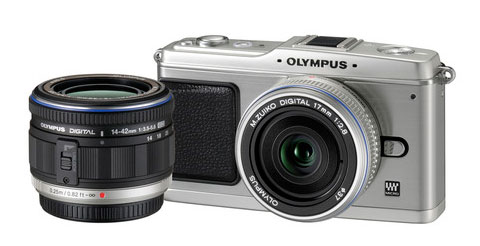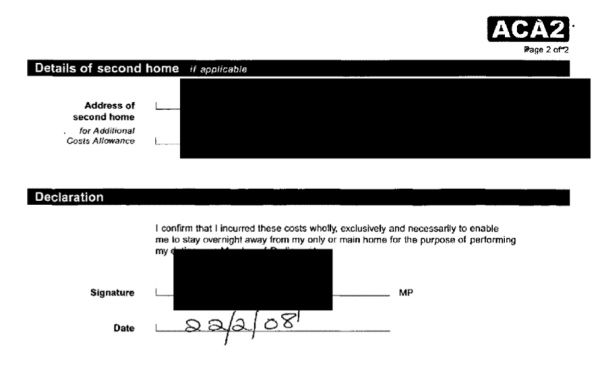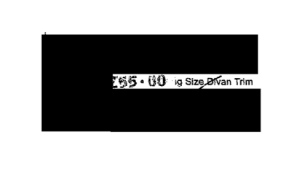Many moons ago, one of my favourite cameras was an Olympus Pen. It was light, unobtrusive and had terrific optics. Well, guess what? Its spirit lives on.
Finally, Olympus has introduced its long-awaited Micro Four Thirds camera, and the E-P1 looks a lot like 1959. It’s a compact, slick-looking retro model that pays homage to the company’s PEN-series cameras that had their debut 50 years ago.
Think of the E-P1 as the love child of a point-and-shoot camera and a digital single-lens reflex. Olympus says the 12.3-megapixel E-P1, the world’s smallest interchangeable lens camera, marries the image quality of D.S.L.R. models with high-definition video capabilities found on smaller cameras. It also includes 16-bit stereo audio.
The E-P1 will be available in July as a body-only option $750 as well as in two kits: one with a Zuiko 14mm-42mm f3.5-5.6 $800 3X zoom lens and another with a 17mm f2.8 $900 prime lens.



